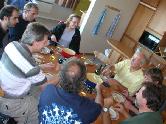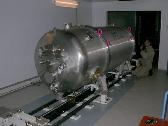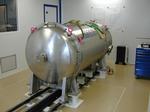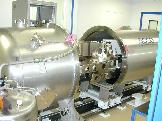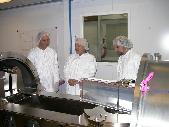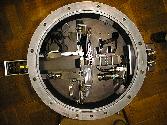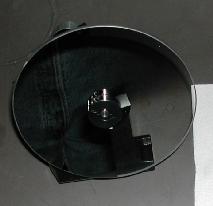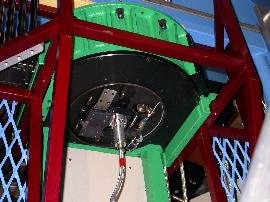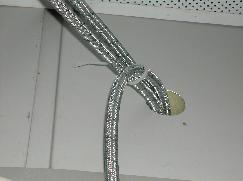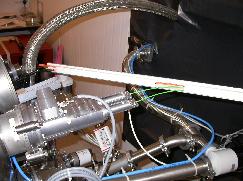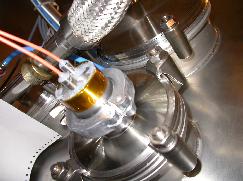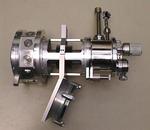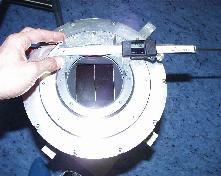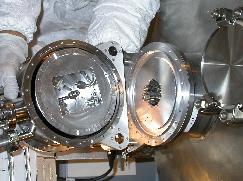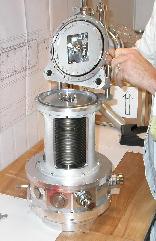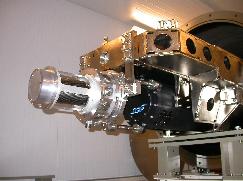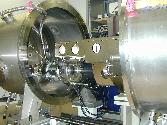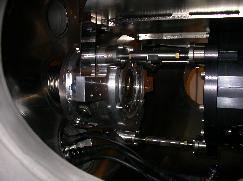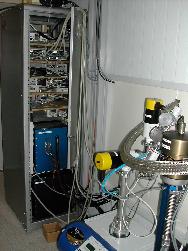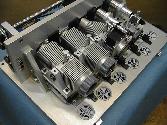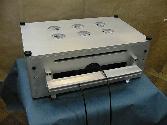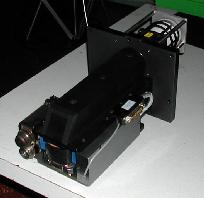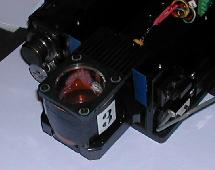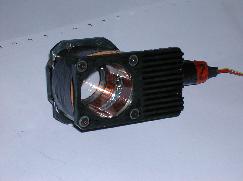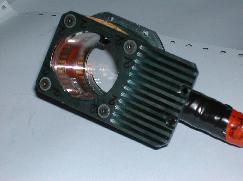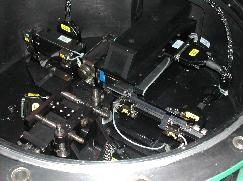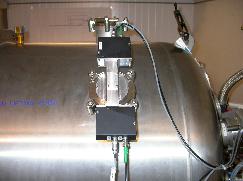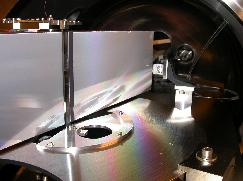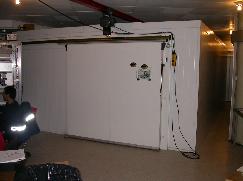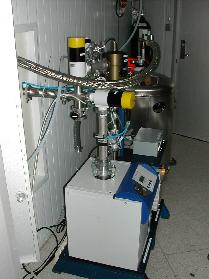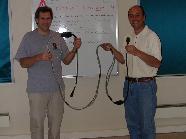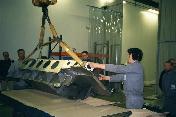 |
The plain spectrograph bench, still at the factory |
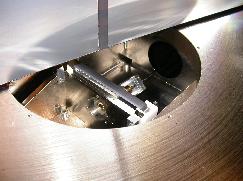 |
Inside the spectrograph bench, below the echelle grating (visible at the top): the fibre entrance for the spectrograph. The fibre bundle (containing both the star and the reference fibre) with black protective sleev, coming from upper right.
Above the fibre head one can see the plane folding mirror re-directing the light from the upper part of the collimator back to the lower part of the collimator (see the optical scheme) |
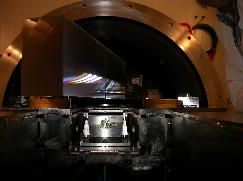 |
Looking towards the fibre head from the position of the collimator mirror. On top, the echelle, between the echelle and the fibre head, the plane folding mirror. |
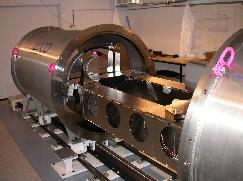 |
The spectrograph before the installation of the echelle grating. The small mirror of the exposure meter and the large collimator are visible on the left side. |
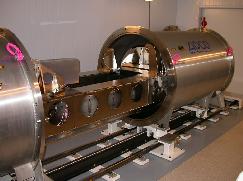 |
The spectrograph optics fully installed. From left to right: echelle grating (back view), mirror for the exposure meter, collimator. |
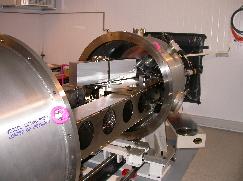 |
View towards the detector side of HARPS with the grating side of the echelle well visib.le |
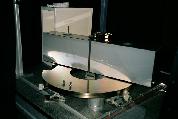 |
The HARPS echelle grating during the tests performed in the ESO Garching optical laboratory. |
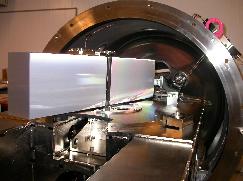 |
The echelle now installed in the spectrograph. |
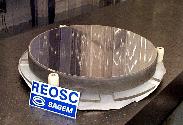 |
The HARPS collimator mirror |
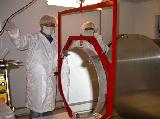 |
The HARPS collimator mirror, ready to be installed in the instrument |
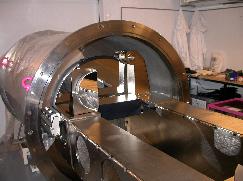 |
The collimator mirror installed at the end of the spectrograph bench. The small mirror in front of it (with a part cut off) is the mirror focusing light on the exposure meter. |
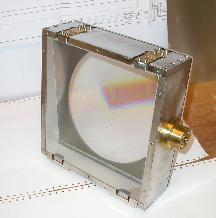 |
The HARPS cross disperser grism before mounting |
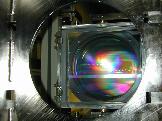 |
The HARPS cross disperser grism already installed under/inside the spectrograph bench |
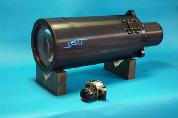 |
The HARPS camera |
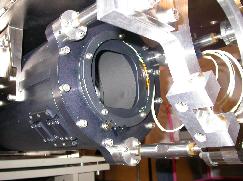 |
The focusing mechanism of the camera. It is fixed before the vacuum vessel is closed. The spectrograph cannot be focused during operations. |
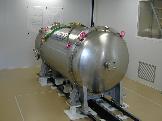 |
The HARPS vacuum vessel |
